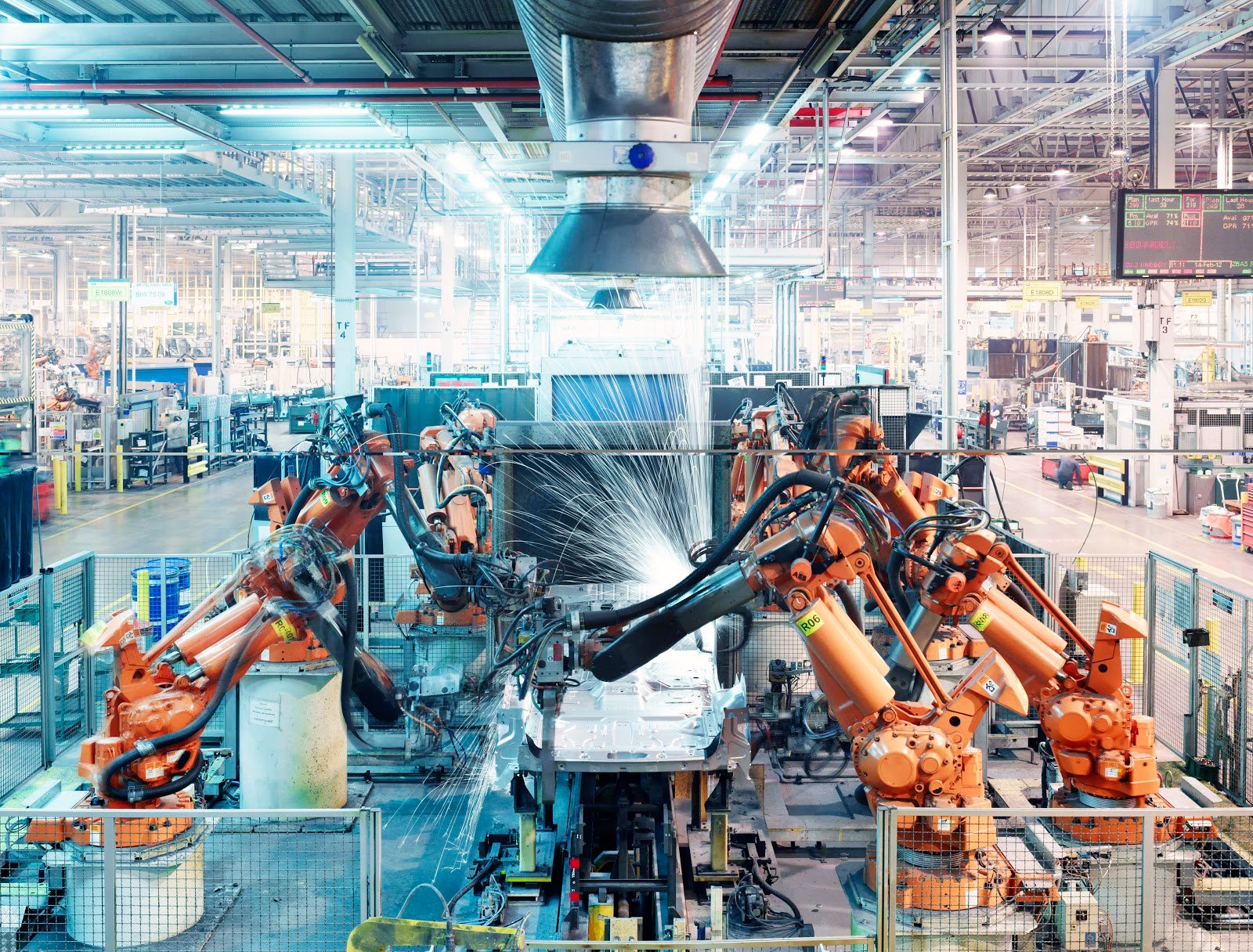How the Golden Run recommendation engine delivers measurable Digital Transformation
As Industry 4.0 gains momentum, manufacturers are not just seeking out more information about the benefits of Digital Transformation – they also want to understand the guaranteed return on investment (ROI) they can expect.
We’ve already introduced the Golden Run recommendation engine in our recent blog post as the most efficient way for you to manufacture a product. Today, we’d like to focus on the measurable ROI it delivers for manufacturers.
The future of production is prescriptive
According to Ventana Research, by 2021, two-thirds (66%) of analytics processes will no longer just uncover what happened and why, but will also prescribe what actions should be taken next by organizations such as manufacturers. Oden is at the forefront of this shift, delivering Artificial Intelligence (AI)-powered prescriptive analytics to manufacturers today.
The Golden Run recommendation engine was designed specifically for manufacturers who want to predict and measure tangible short-term results from Digital Transformation, as well as long-term benefits. It prescribes the most efficient way to manufacture a product and to generate additional revenue.
The Golden Run is powered model by AI and Machine Learning to identify the fastest and most efficient way to make any product to a specified quality. Effectively, it is optimizing a factory’s run – so a quantity of units that are produced for a period of time by a production line – in terms of what are the best speeds that you can achieve while meeting a certain quality level, especially when you’re in a stable period of the run.
Using a complex system of data analysis, segmentation and extraction, the Golden Run identifies how the manufacturer could make its production more efficient, what measurable results they should expect, and generates new settings to realize those efficiencies. As a result, it offers manufacturers the ability to test their business case for Digital Transformation in a record time.
Collecting Data for the Golden Run
In order to deliver very specific recommendations, the Golden Run model requires very specific datasets, including:
- Quality metrics
- Speed metrics
- Controllable metrics
Manufacturers often ask how much data they need to collect before they can start using Oden’s Golden Run. The answer varies depending on production activity, but as a gauge, we generally recommend that organizations collect at least one month’s worth of data before using the Golden Run recommendation engine.
As you’d expect, the more data the algorithm has to crawl through, the more finely tuned its recommendations will be. A manufacturer with three months of data, for example, can expect a more finely-tuned recommendation than a manufacturer that’s working from one month of data.
It’s also worth noting that the Golden Run can utilize historic data collected prior to using the Oden platform, as long as the datasets fulfill the requirements of the algorithm.
How Does Oden Use the Data to Create the Golden Run Settings?
Once data has been collected, it is organized in groups of time-stamped metrics. We then assign a label to each metric – a process known as taxonomy – so we can differentiate between quality metrics, speed metrics and controllable metrics.
We merge all this information with the contextual data, which includes metadata associated with the product, the product name, targets, line numbers and so on, as well as time-stamped data about various states of the product run.
After the information has been merged, it is organized into five-minute chunks of time known as ‘intervals’. This enables Oden to identify the metrics and summary statistics for each five-minute interval of any specified run.
Next, a segmentation algorithm crawls through all the data and identifies periods of stable performance. It’s worth noting that the defining parameters for stability vary depending on the manufacturer’s priorities. For example, one manufacturer may only be interested in line speed, while another may have a much longer list of metrics.
Oden estimates the quality and duration for each segment and configures it with the minimum acceptable quality threshold stipulated by the manufacturer. For instance, if a manufacturer wanted the quality of a product to be in the 90 percentiles, we would only isolate the segments that could deliver that specified quality.
The system then combines the isolated segments to create the metrics needed to generate the optimal Golden Run settings. In other words, the Golden Run recommendation engine tells the manufacturer exactly which settings they need in order to produce a product as fast and efficiently as possible to the desired level of quality.

